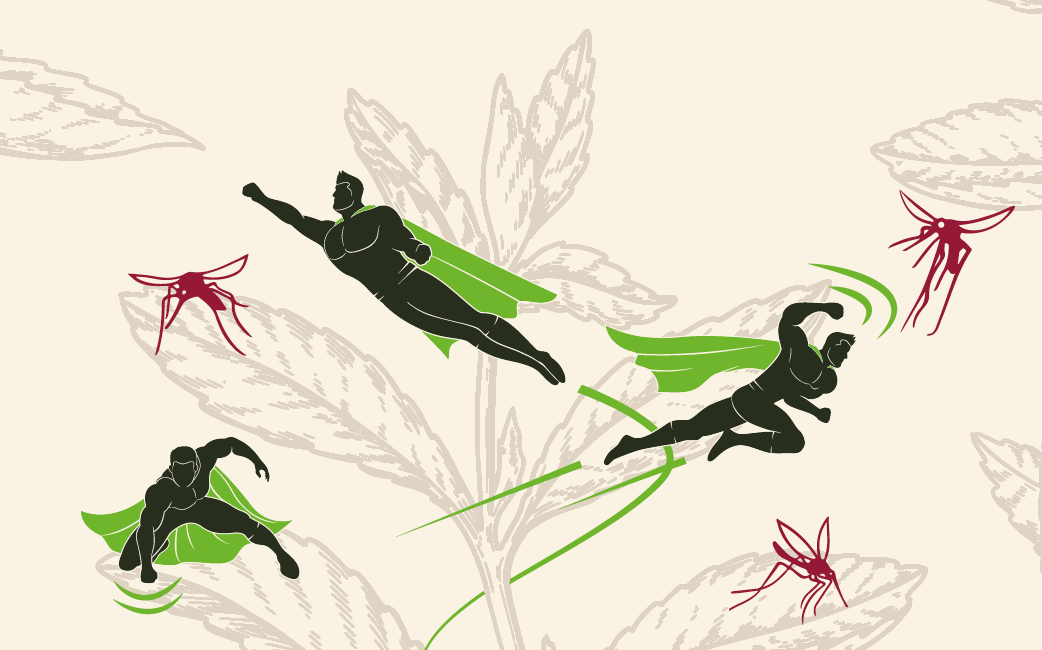The United Nations has declared 2020 as the International Year of Plant Health (IYPH). In this article, we’ll find out more about why plants are so important, how communicable plant pathogens and pests are damaging their health, and what we can all do to help protect them.
Healthy plants are crucial for ending hunger and achieving the United Nations Sustainable Development Goals by 2030. Who would have thought that plants make up 80 percent of the food we eat, produce 98 percent of the oxygen we breathe? Yet these plants are under constant attack from pests and diseases which destroy up to 40 percent of food crops every year and are responsible for agricultural trade losses of over US dollar 220 billion annually. The Food and Agricultural Office (FAO) estimates that agricultural production must rise by about 60 percent by 2050 in order to feed a larger and generally richer population.
Plants produce 98% of the oxygen we breathe.

New opportunities for pests and pathogens to cause damage to plant health are being created by human actions. For example, there is a huge globalisation of trade and movement of plants and plant products around the world; in the UK, we import about half of our food. The annual value of trade in agricultural products has grown almost three-fold over the past decade, largely in emerging economies and developing countries, reaching USD 1.7 trillion. As international trade and travel expands exponentially, the risk that plant pests and diseases will spread into new areas has increased.
Climate change is having an impact on pests and pathogens that harm plant health reducing both the quality and quantity of crops, leading to lower yields. Rising temperatures are also exacerbating water scarcity, and changing the relationship between pests, plants and pathogens. As a result of this, more pests and diseases are appearing earlier and in places where they were never seen before.
Governments around the world are addressing these challenges by working collectively under the phytosanitary agreements of the International Plant Protection Convention (IPPC) led by the UN FAO. Countries have established good biosecurity practices, as part of a biosecurity continuum, to prevent the introduction and spread of pests and pathogens pre-border, at the border and inland as ‘prevention is always better than cure’. The International Year of Plant Health 2020 is an excellent example of a global effort to tackle this threat.
In the UK, we not only carry out good biosecurity practices in our country but work with others to understand future risks and prevent international movement of plant pests and diseases. At Fera Science Ltd we work with a wide range of organisations both nationally and internationally to help resolve these issues by providing science-based solutions. For example, with funding from Defra, we work with Botanic Gardens Conservation International that leads a project called the International Plant Sentinel Network. This helps identify plant pests and diseases in plant collections overseas to determine future risks.

We can all play a role in helping to maintain good biosecurity and protect our plants – here are some ideas on things you can do now to help.
- As it is risky to bring plants and plant products across borders, as this may spread plant pests and diseases, we should avoid bringing them with us when we travel.
- We should also avoid ordering plants and plant products online or through postal services since packages can easily bypass regular phytosanitary controls.
- We can look out for and report potential sightings of invasive plant pest and pathogens by becoming citizen scientists. Find out more with projects such as the OPAL tree health survey and Observatree.
- Find out more about plant pests and diseases as part of your STEM studies – try researching more information by looking at Defra’s UK Plant Health Information Portal with up to date information and links to Citizen Science and find out more about #IYPH2020 on social media.
Learning resource
We have created learning notes to assist students and educators to further investigate the topics covered in this article. You can download the learning resource here »


